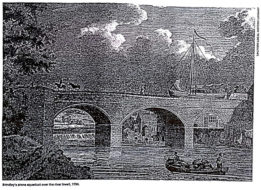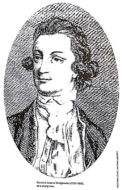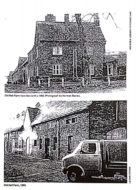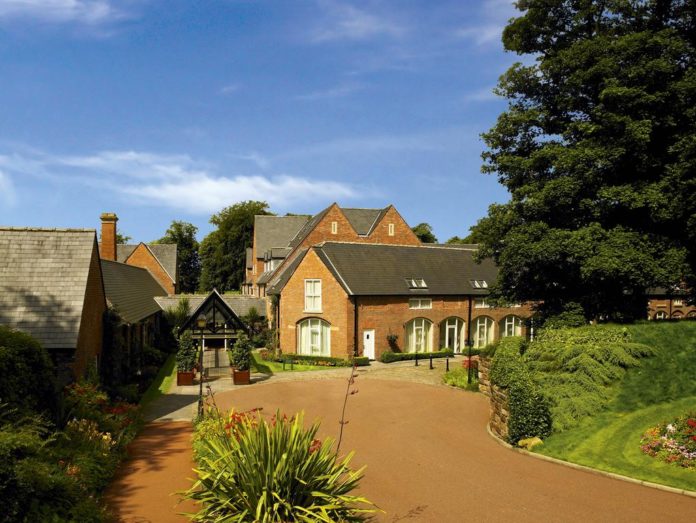As the iconic Worsley Park Marriott Hotel & Country Club recently reached its 20th Anniversary since opening its doors for the first time, we have delved into the history of the hotel and the local area.
The history of Worsley is fascinating, with ties back to prehistoric times through archaeological digs, although there is no evidence of a settlement in the area.
A Roman route from Wigan to Manchester is also believed to have passed through Worsley Park between Leigh road and Worsley Old Hall with a number of Roman coins discovered during 1987 at Booths Bank Farm.
It was, however, back in the 12th century when a local family first took the name Worsley. Roger de Worsley is the earliest known member of the family who was alive in 1153. The earliest reference to the village of Worsley was noted in 1195 to 1196 where it appeared written as “Werkesleia”.
The estate stayed in the hands of the Worsley family until 1385 whereupon it changed hands through a number of families as a result of marriage and death until 1701 when Worsley was passed onto Scroop Edgerton the fourth who was subsequently given the title Marquess of Brackley and the first Duke of Bridgewater.
The village of Worsley and the site on which the hotel now stands now stood on the brink of great changes that would transform the face of the village and ultimately that of what was then the small town of Manchester.
Fate would play a part though, the result of a lover’s tiff would result in the third Duke of Bridgewater, living as a recluse on his Worsley Estate, left ruminating on how to develop his coal mines and to integrate a system of waterways similar to those he had seen while travelling on the continent.
Born in 1736, the third Duke as he would become, Francis only inherited the title on the death of his elder brother John at the age of just eleven.Sent on Grand Tour across Europe, he was sent to sail along the Languedoc canal in France to avoid the romantic attentions of a number of ladies in Switzerland.

Ill health nearly robbed the world of his ideas but he recuperated in Italy, getting an education in the the fine arts and a taste for gambling which he returned to England with.
It was another female liaison that brought him back to Worsley,Elizabeth, then married to the Duke of Hamilton after who death, the young Francis would propose marriage only to quarrel on the eve of the nuptials, the Duke leaving behind the London parties for his Northern estate.
He saw the potential for transporting his coal directly to market using a canal and Acts of parliament granted Francis full power to construct the canal in 1758 and 1759. The canal was designed and built by three men, the Duke, with John Gilbert chief agent and James Brindley. During this time, he also acquired more coal mines between Worsley and Bolton bringing him immense wealth.
There had been canals built before, but this was the first English canal to be truly independent of rivers and a commercial success. It was also commended for being built entirely without locks. It was revolutionary for its time and ground breaking for the future of canal building.

On its opening in July 1761, the price of coal in Manchester halved, and would be a major factor in the industrial revolution which would dominate the area
The Duke went on to extend the canal from Stratford to Runcorn where entered the Mersey estuary up a flight of locks. In 1795 he began to extend the Bridgewater canal further from Worsley to Leigh.
At that time John Gilbert lived in Worsley Old Hall and it was from there that the Duke, John and James directed the building of the canal. Both Brindley and the Duke of Bridgewater often stayed on visits to the area.
However, the accommodation at the Old Hall was not to their satisfaction, so they soon built the New Hall just to the South. This new manor house was called Worsley Hall but became known as the Brick Hall and was described in documents as a “stately mansion of brick, with an elegant portico, erected on an elevated situation … a commanding view of the seven counties”.
Despite its name, the Old Hall is not the original Worsley Manor house. From old records the Manor of Worsley told of a house with a hall, chapel, chamber and kitchen. However, the location of this house is not known for certain. It may have been where Worsley Old Hall now stands as a map of 1590 shows a hall on this site.
Worsley Old Hall is a timber framed house, and according to the Victoria Country History there is nothing to indicate the date it was built, however it would not appear to be older than the 17th century.

Fast forward a few 100 years and after another change of ownership there was a certain amount of consolidation of the estate where parts of it were sold.
During the 1920s and 1930s efforts were made to sell Worsley New Hall but without success. One option considered converting it into a convent. In the Second World War the hall housed men brought back from Dunkirk. Then the 218th battalion of Lancashire Fusiliers made it home until 1942 and in 1943 the upper floors roof and attic were badly damaged by fire. American soldiers were housed there in 1944 prior to the D day landings.
After the war the property was sold for just £2500 and in 1949 the hall was demolished. During the 1950s an army radar station was based in the grounds but otherwise the site remained closed and overgrown.
Another influential change to Worsley came in 1961 with the opening of the M62 motorway with a second phase opening in 1969 forming the Lancashire to Yorkshire motorway.
In 1984 the Bridgewater Estate was purchased by Peel Holdings PLC group. In 1988 Peel Estates, part of Peel Holdings, unveiled ambitious plans for the development of the Worsley estate including a conference centre, restaurant, golf course, and leisure facilities. Part of the proposal involved turning the farm buildings north of the Old Hall into a hotel – the property we now know as Worsley Park Marriott Hotel & Country Club.
In 1995 the new hotel was redesigned, and in 1996 development of the site took place with the hotel becoming part of the Marriott portfolio.
Work clearing the hotel site began in early 1997 with a new drive built from Walton Road. Worsley Park Marriott Hotel & Country Club opened for business on October 5th, 1998, with the hotel officially launched by Sir Alex Ferguson, former manager of Manchester United Football Club, on 10th December.
Following the hotel’s opening, the properties championship golf course was completed and opened in spring 1999. Designed in the 1990s by European Golf Design in association with former Ryder Cup player Michael King, it has played host to several events on the EuroPro Tour and the Challenge Tour – and is today widely regarded as one of the finest inland courses in the North of England.
Today Worsley Park remains one of Salford’s most fashionable and picturesque properties popular with locals and visitors, hosting celebrities, sports stars and dignitaries over its thriving 20 year history.







